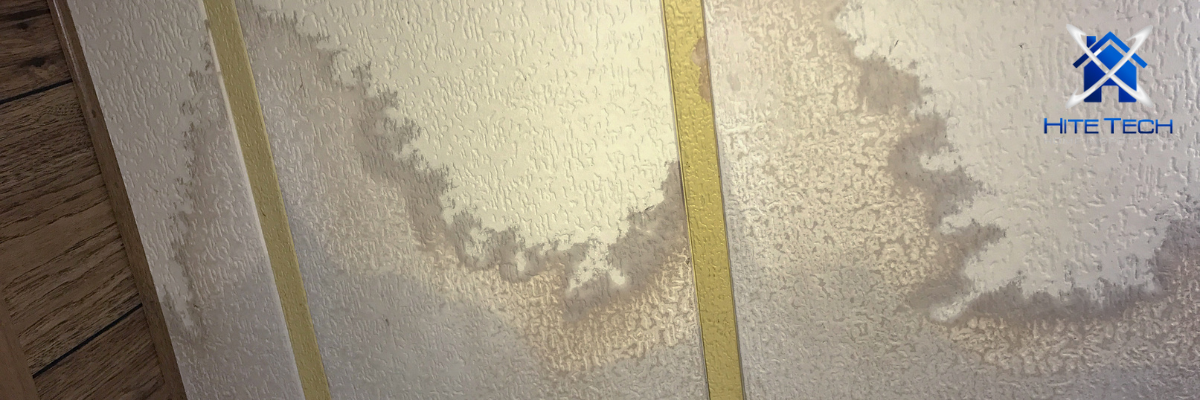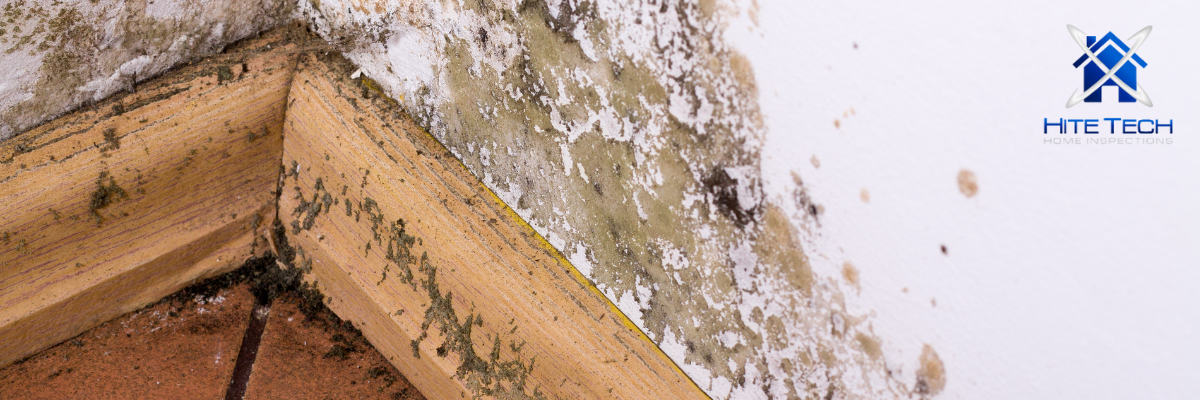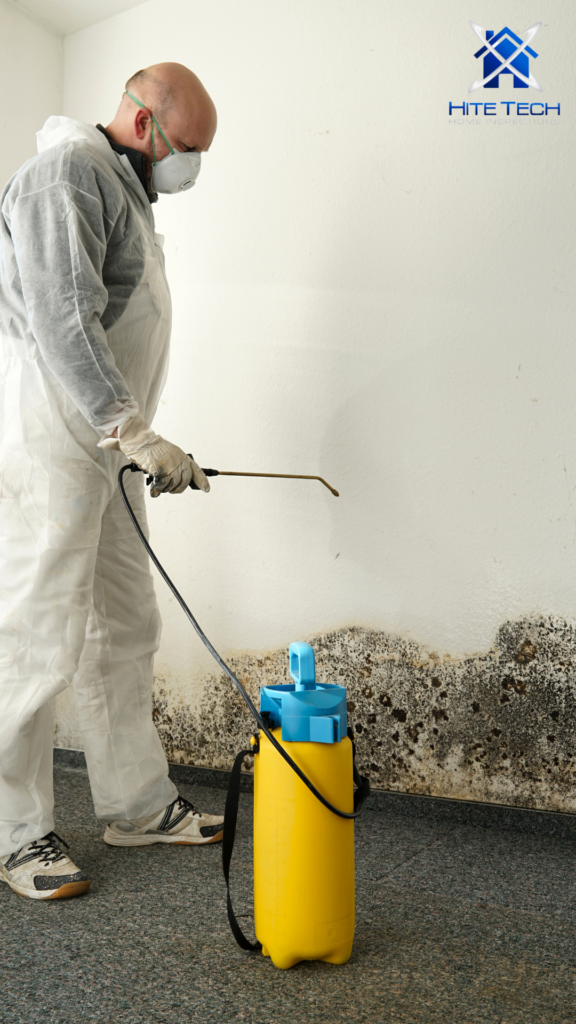At HiteTech Inspections, we check thoroughly for mold during your home inspection. Houston is one of the best places for mold growth in the country, and is not only dangerous to people, it can in extreme cases damage the home itself.
Houston’s hot humid climate produces the perfect environment, along with heavy rains, flooding, the length of our warm seasons, and with our recent freeze that lead to pipes bursting, mold is common right now and it is everywhere.
It was not until the 1970’s that mold began to be an issue inside homes, the more air tight we make the structure, the more possibilities that mold will develop. Older homes are not as air tight and breath more, allowing moisture to escape instead of being trapped in the structure.





